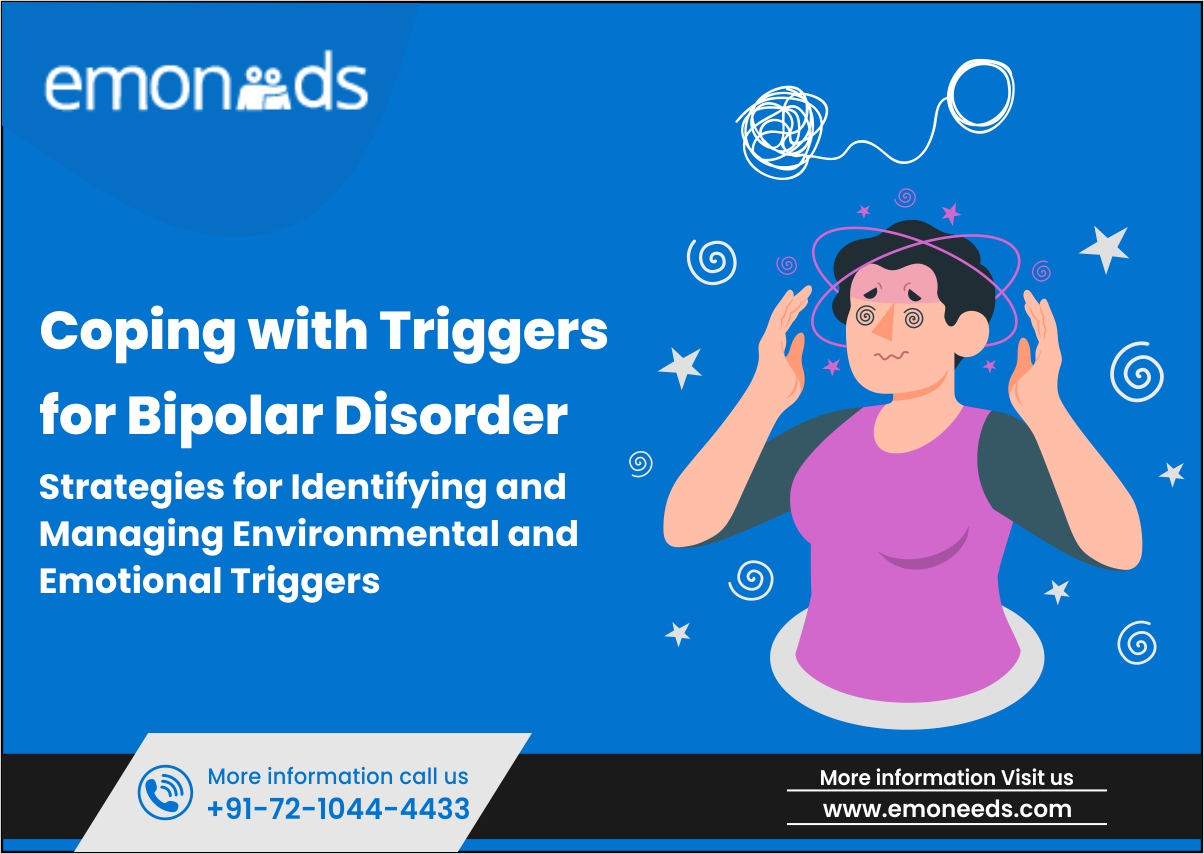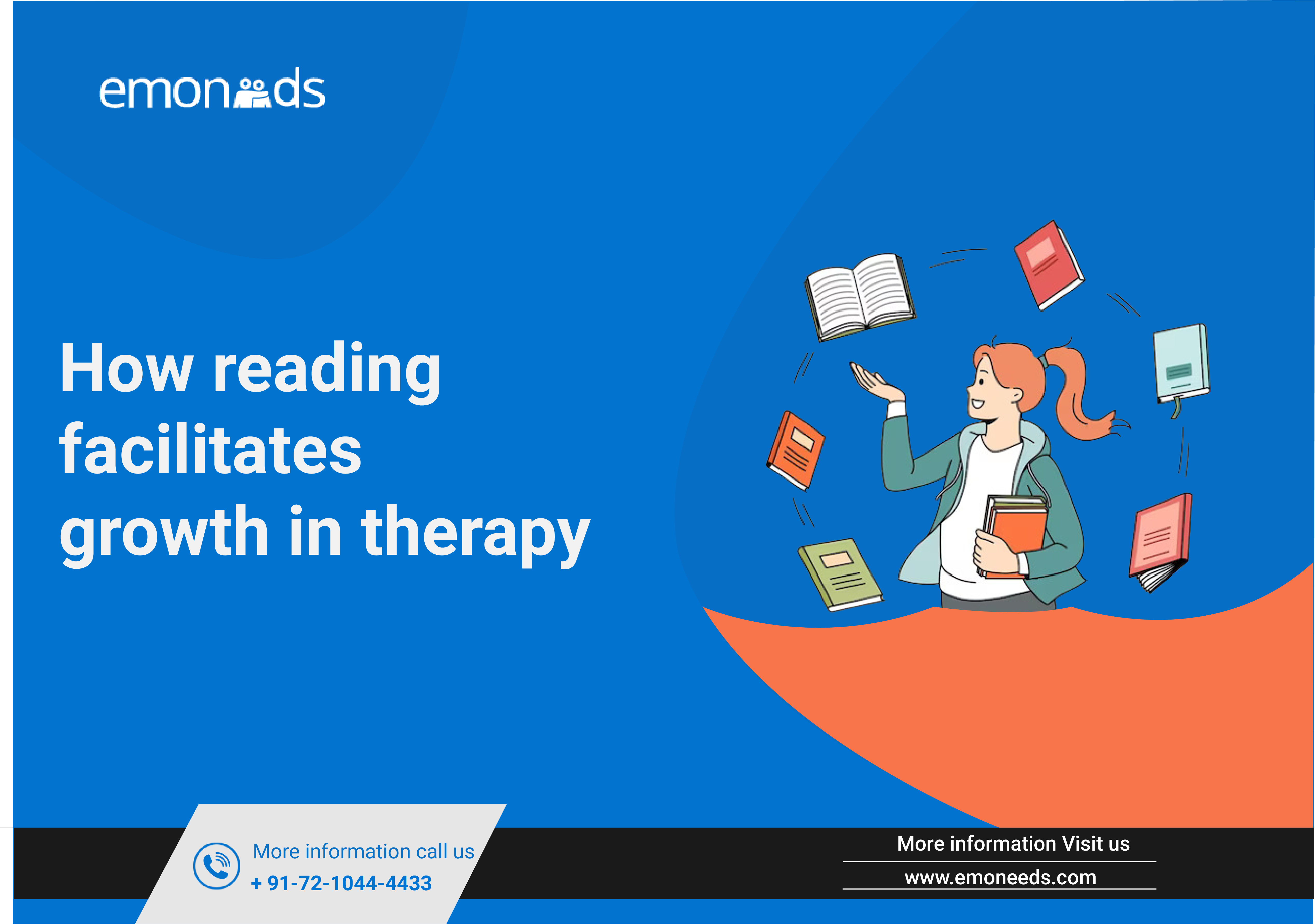
Suicidal thoughts can be an incredibly heavy burden to carry, and they often remain shrouded in silence. They are a silent battle, fought by countless individuals who, like you, may be struggling to find a way out of the darkness. In this blog, we hope to shine a light on the path to recovery by offering nine practical steps to help you overcome these thoughts.
Understanding Suicidal Thoughts
Suicidal thoughts, while not uncommon, often carry a significant stigma. This stigma can be a substantial barrier to seeking help and sharing one’s struggles openly. These thoughts are frequently accompanied by feelings of shame and self-judgment, making it challenging to address them. However, it’s vital to understand that you’re not alone in this battle.
Suicidal thoughts can be compared to a storm of despair, self-doubt, and hopelessness brewing within your mind, leaving you feeling isolated. Recognizing that these thoughts don’t signify weakness but rather a consequence of inner turmoil is the first step toward healing. Seek help for your mental well-being, just as you would for a physical ailment. Your mind deserves the same care and compassion as your body.
Why Traditional Advice May Fall Short?
Common advice, such as “talk to someone” or “stay positive,” is well-intentioned, but it may not always provide the relief we seek. These suggestions can feel like empty platitudes when you’re grappling with the overwhelming weight of suicidal thoughts. We understand that a one-size-fits-all approach doesn’t work for everyone. That’s why this blog is dedicated to offering you unique and practical steps that go beyond the clichés and explore alternative strategies that might better resonate with your experience.
9 Steps to Overcoming Suicidal Thoughts
Step 1: Learn EFT (Emotional Freedom Techniques)
Emotional Freedom Techniques (EFT), often known as tapping therapy, is a unique and effective approach that merges acupressure and psychology to alleviate emotional distress and anxiety. This technique involves tapping specific acupressure points on the body while focusing on the emotions you wish to release. It may sound unconventional, but it has shown promising results in helping individuals manage their emotional state and reduce the intensity of suicidal thoughts.
To get started with EFT, you can find various resources and guidance online. There are instructional videos, books, and websites dedicated to teaching this technique. Many practitioners provide step-by-step guidance and demonstrations. While EFT might feel unusual at first, many individuals have found it to be a valuable tool in their journey towards recovery.
Step 2: Unplug and Disconnect
In our modern world, we are bombarded with information and stimuli from the moment we wake up until we go to sleep. For someone dealing with suicidal thoughts, this constant exposure to technology and social media can exacerbate their struggles. The world often seems overwhelmingly negative, and comparing oneself to others can further fuel feelings of inadequacy.
Taking a break from technology is an essential step in reconnecting with the real world. Stepping away from screens and immersing yourself in nature can provide a profound sense of relief. Nature offers a space of serenity and simplicity, far removed from the virtual chaos. Whether it’s a stroll in the park, a hike in the woods, or simply sitting in your backyard, the beauty of the natural world has a calming effect that can help you find a renewed sense of perspective.
Step 3: Connect with Animals
Animals possess an incredible ability to provide comfort and companionship when words fail. The unconditional love and non-judgmental nature of animals make them ideal companions for those struggling with suicidal thoughts. Spending time with animals can bring solace during your darkest moments.
Consider volunteering at local animal shelters or rescue organizations. Helping animals in need can give you a sense of purpose and connection. Alternatively, if you have pets, spend time with them. The simple act of petting a dog or cuddling a cat can be incredibly soothing. Animals offer a source of emotional support that is both genuine and without expectation.
Step 4: Develop a “Comfort Box”
A comfort box is a tangible source of solace that you can turn to during difficult times. It’s a personalized collection of items that bring you comfort and peace. When suicidal thoughts start to overwhelm you, reaching for your comfort box can provide a sense of security and grounding.
Your comfort box can include various items, such as a soft, cozy blanket that wraps you in warmth and safety. Scented candles or essential oils can fill the air with soothing fragrances that calm your mind. Consider adding your favorite books, photographs of cherished memories, or nostalgic mementos that evoke positive emotions. Your comfort box becomes a physical reminder that you are not alone in your journey, and there are tools at your disposal to find solace and hope.
Step 5: Experiment with Sensory Stimulation
Sensory stimulation is a powerful technique for redirecting your focus away from distressing thoughts. It engages your senses and can provide immediate relief from the weight of suicidal thoughts. There are various sensory activities you can explore to ground yourself and find moments of respite.
For instance, taking a warm bath with Epsom salts can relax your body and ease tension. The warmth of the water and the soothing properties of Epsom salts can offer a sense of physical and mental relief. Additionally, experimenting with essential oils can be another sensory experience. Using diffusers or scented candles to create a calming atmosphere can help lift your spirits.
Another unique approach to sensory stimulation is the use of sensory bins. These bins can contain various materials with different textures, such as sand, rice, or beans. Running your fingers through these materials can be a surprisingly effective way to shift your focus away from negative thoughts and bring you back to the present moment. The tactile sensations can provide comfort and distraction during moments of distress.
Step 6: Create an “Achievement Jar”
An achievement jar serves as a physical reminder of your personal growth and resilience. It’s a repository of positive moments and accomplishments that you can revisit during difficult times. This jar becomes a source of motivation, highlighting the progress you’ve made on your journey towards recovery.
To create your achievement jar, start by using slips of paper to record positive moments and accomplishments in your life. These can range from significant milestones to small victories—anything that makes you feel proud and reminds you of your strength.
Each time you’re feeling overwhelmed by suicidal thoughts, take a moment to read through the slips of paper in your achievement jar. This practice can reignite your sense of self-worth and serve as a tangible source of encouragement during difficult moments.
Step 7: Practice Radical Acceptance
Radical acceptance is an approach that involves embracing the present moment, no matter how difficult it may be. This practice encourages releasing resistance and accepting your current circumstances without judgment. Radical acceptance does not mean giving up or condoning negative situations; instead, it’s about acknowledging reality and finding peace within it.
Embracing radical acceptance involves adopting mindfulness techniques and practices that facilitate this mindset. By being fully present and non-judgmental, you can gradually let go of the resistance that amplifies your suffering. Radical acceptance can lead to a profound sense of inner peace and a reduction in emotional distress.
Step 8: Try Progressive Muscle Relaxation
Progressive muscle relaxation is a unique stress-reduction technique that can help alleviate physical tension often associated with suicidal thoughts. It’s a methodical practice that involves tensing and then relaxing different muscle groups in your body. This technique helps you become more aware of the physical tension you hold and learn how to release it.
To try progressive muscle relaxation, find a quiet, comfortable space where you won’t be interrupted. Begin by sitting or lying down, and focus your attention on different muscle groups. Starting with your toes, tense the muscles for a few seconds, then release. Gradually work your way up through your body, moving from your feet to your head. The process of tensing and relaxing helps you become more attuned to your body’s responses and can bring about a profound sense of relaxation.
When your muscles are relaxed, it can have a calming effect on your mind as well. This technique can be especially useful when you’re dealing with anxiety and tension, which often accompany suicidal thoughts.
Step 9: Connect with Online Support Communities
Connecting with online support communities dedicated to mental health can be an invaluable resource. These communities provide a safe space for individuals to share their experiences, provide encouragement, and offer support. Finding the right online community can make a significant difference in your journey towards overcoming suicidal thoughts.
Begin by seeking out platforms and forums where individuals share their stories and insights. You’ll find a wealth of online communities focused on various aspects of mental health, from general support to more specific topics. Whether you’re looking for guidance on managing your emotions, coping strategies, or simply a place to vent, there’s a community out there that aligns with your needs.
When exploring these online spaces, pay attention to the tone and atmosphere of the community. Look for groups that foster a supportive and understanding environment. Engaging with others who have faced similar challenges can provide a sense of connection and reduce feelings of isolation.
Conclusion
Remember, you have the strength to overcome suicidal thoughts. While these steps provide a unique approach to healing, it’s crucial to seek professional help and support. Recovery takes time, but each small step brings you closer to a brighter, more hopeful future. You are not alone on this journey, and there is always hope for a better tomorrow.
If you or someone you know needs support, consider reaching out to Emoneeds. Our team is here to provide expert care and guide you towards a path of healing. Your well-being is important, and there is support available to help you through challenging times.


















